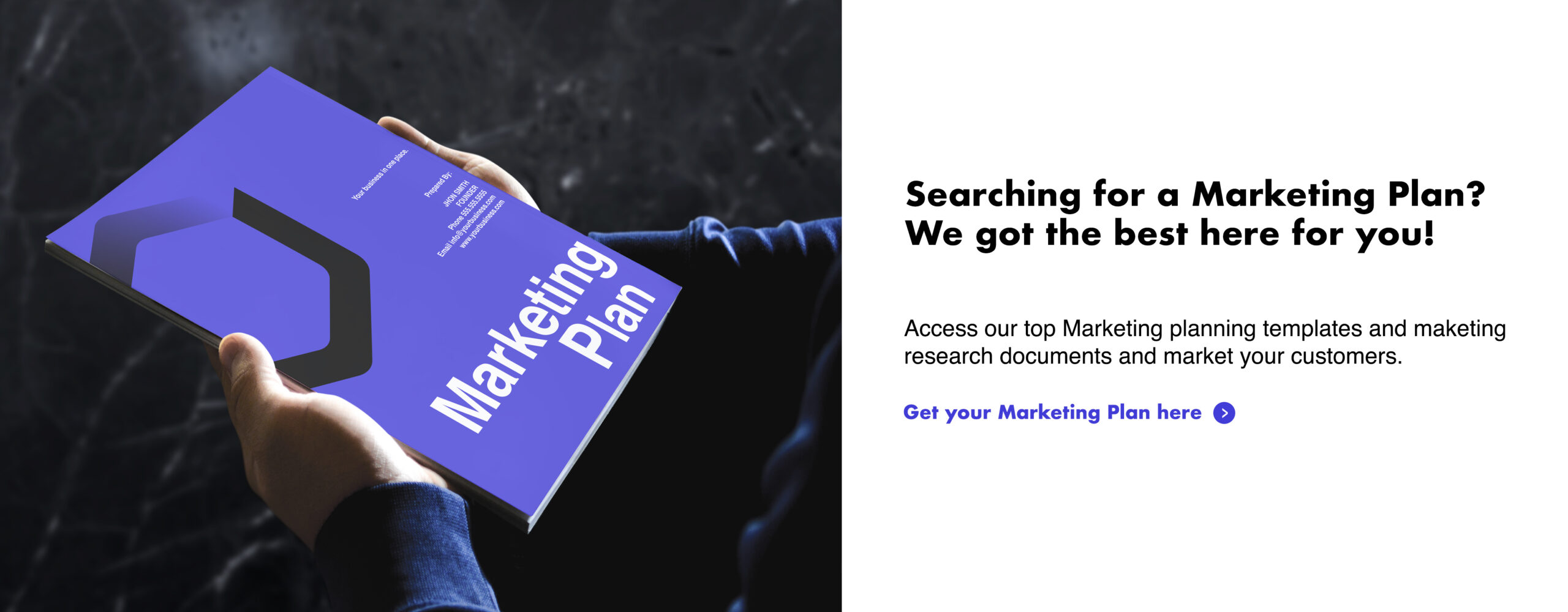
The first humans began using stones as tools about 1.9 million years ago during the Lower Paleolithic age. These roughly hewn rocks were used for smashing, scraping, cutting, and probably even more smashing.
Yes, the tools were basic. But they were adequate for the job and would’ve persisted much longer if not for the fact that most humans are aspirational. We aren’t satisfied with the status quo—we want to improve.
So what happened? These early humans took what was working (the swinging around of rocks) and added wooden handles. Now they could use more force and do less damage to their hands. It was a game-changing innovation that ushered in thousands of fascinating improvements in the coming centuries.
Modern entrepreneurs don’t use stones to accomplish tasks, but we still care about improving the efficiency and efficacy of our laborers. We want to find the proverbial “handles” that make it easier to do more. And one of the most powerful ways to do this is using a workflow process.
What Is a Workflow?
A business workflow is a process taken to complete a necessary objective. Even the worst-performing companies on earth have workflows. The problem is that these processes are inefficient, inconsistent, or outdated. Work is getting done, but it should never be described as “flow.”
For example, here are some of the habits shared by companies that are basically still holding rock tools in their bare hands:
- Invoices sent out manually
- Mileage tracking and timesheets did on paper
- Receipts saved in shoeboxes
- Appointment reminders sent via mail
There’s no doubt that invoices, mileage tracking, receipt storage, and appointment reminders can all be important elements of your success. But what steps are required to get these tasks done? If you’re sending out invoices in the mail, you’ll need to follow a multi-stage process to ensure the right document reaches the right recipient. Automate a task like this, and the number of steps is drastically reduced (as well as the element of human error).
Workflow management is all about execution. You look at the sequence of tasks you follow to reach an objective and then find ways to make it go smoother and faster.
The Importance of Workflow Management
In order to simultaneously improve your output while reducing the required input, you’ll need to evaluate your processes. This is best done through illustrations. Those same early humans who used stones for tools also made workflow charts on the walls of their caves. Curious about how they procured their food? Just look at the drawing of hunters stalking, surrounding, and then subduing a large animal.
By outlining the flow of your work, you’ll be able to track progress and obtain on-demand updates. You’ll also be able to spot issues and implement improvements. For this reason, most businesses use workflow checklists or diagrams. The sequence of events is clear to see at the moment and accessible for analysis at a later time.
Another benefit of workflow diagrams is that they help everyone get on the same page (literally and figuratively). Each of your employees is unique, and you should encourage the dynamic energy they bring to your business, but that doesn’t mean you want them perpetuating idiosyncratic processes. The law of the jungle states that only one of these various processes is the most effective, so you need to champion it and ensure its wider adoption.
New employees will especially appreciate the uniformity of workflow. Imagine how frustrating it would be for a recently hired individual to do job shadowing with a trio of current employees, only to find that all 3 carry out crucial processes differently. The result is more than an information overload—it’s an information snarl. Unfortunately, this scenario plays out every day in companies worldwide.
Using Workflow for Improvement
Once you’ve locked down the best flow for your objectives, it must be shared with all relevant parties and incorporated into future training. These steps are essential because change is hard for all of us. The longer your people have been doing a process their own way, the harder it will be to redirect their efforts in a better direction.
You can overcome some resistance by enlisting your whole team in the workflow development process. Instead of issuing a decree from on high, explain that you’d like to collaborate with them to find the ideal solution.
This all-hands-on-deck approach is powerful because it brings new knowledge to the table. You might think you’ve got it all figured out, but we’re willing to bet there will be at least a couple of unexpected gems provided through conversations with your people. This is because the most actionable insights usually come from the frontlines, where your people are carrying out processes on a daily basis.
When your team is brought to the table for workflow development, they’re more likely to buy into the final version. Having a voice in the process is powerful dopamine, and a special level of engagement often comes from being treated more like a trusted contributor than a hired hand.
Of course, workflows are fluid and not stationary. So instead of resting on your laurels after implementing a workflow, you must seek new ways to enhance it. These improvements are rarely overhauls. Instead, it usually comes down to removing a redundant task or tweaking 1-2 steps for the better.
Possible questions to ask about your workflow:
- How could this be more effective?
- Are we starting at the right point?
- Are we ending at the right point?
- How can we deliver a bigger impact?
- What issues currently exist in this workflow?
- What possible issues could be on the horizon?
Your workflow diagrams will also help you hold people accountable. Opinions always abound in the workplace, but they’re hard to effectively communicate given their subjective nature. With a workflow accepted throughout your organization, you’ll have a common language for your crucial conversations. This helps avoid hurt feelings and increases the chances of a positive outcome.
How to Create a Workflow
Simply put, a workflow is merely a sequential map of tasks. These diagrams employ a set of shapes and symbols to illustrate the progress from initiation to completion. Each task along the way is assigned to one or more people, so you always know where the work resides and who is responsible for moving it to the next stage.
This clear assignment of labor helps everyone involved. As a leader, you’ll get oversight into the entire journey and be able to spot concerns. Managers appreciate the workflow diagram because it keeps them close to the work without needing to hover around their employees while also bridging gaps with other teams in a way that leads to richer collaboration in the future. Finally, individual contributors benefit from workflow diagrams because their duties are clearly defined, and they can better anticipate what’s coming next.
If you’re handy with illustrations and have the time to create your own diagrams, more power to you. But that’s not the efficient way to go about it… and since your whole intent with the diagram is to improve efficiency, it would be a strange way to go about it.
The best way to elevate your process is through automation. Modern software handles most of the setup, moves the tracking through mileposts with the click of a button, and aggregates all the data you’ll need to evaluate the process on the back end.
Here are some of the key benefits of workflow software:
- Preset templates
- Customized diagrams
- Streamlined tracking
- Better data collection
- More collaboration between teams
- Smooth integration between in-office and remote workers
- Effortlessly collect feedback from your team
- Easier time refining your process
The most important aspect of workflow management is that it empowers your people. Everybody wins when there’s no ambiguity over who’s responsible for tasks and nowhere to hide when they’re not completed.
Once you’ve set up your software templates, they’re easy to replicate in the future. You can make any adjustments and roll out the workflow diagram in a matter of minutes.
There are dozens of quality options regarding workflow software for your business. While none of these products is a universal champion that would be perfect for every business, there’s a great chance that one of the options on our list would be an excellent match. Here are 17 to consider:
- Wrike
- Nifty
- monday.com
- Quixy
- Automate.io
- Process Bliss
- ClickUp
- Process Street
- Hive
- Trackvia
- Creatio
- Orchestly
- Comidor
- Pipefy
- Samepage
- Synergize
- Workflow Max
Most of these software products offer a free trial, so carve out some time in the coming weeks to test them out and see which option is ideal. You’ll also want to talk to other business leaders in your network to get their insights into top-performing software and red flags to beware of.
Common Uses for Workflow Management
The most basic tasks could be represented in a workflow diagram that starts at “Point A” and moves directly to “Point B.” You’ll likely use them for more involved processes where individual responsibilities are clearly outlined. There’s no better way to define each contributor’s role and guard against scope creep.
Common examples of scenarios that are benefited from workflow diagrams include:
- Employee onboarding
- Manufacturing
- Creative projects
- Technical projects
- Sales cycles
- Conflict resolution
- Customer service tasks
- Shipping
- Processing returns
- Job promotions
Once you’ve outlined the necessary steps, you’ll have a template in place to create a better experience moving forward. And these tools can be customized for other uses in the future, drastically reducing the effort required to track progress.
Read Also: Remote Management: 15 Best Practices for Leaders
Benefits of Using a Workflow Diagram
Just as a good workflow software solution aggregates a wide array of data and makes it accessible in one place, it’s time to compile a list of the benefits of workflow management here in this guide. We’ve already covered several of the top perks, including enhanced unity, better morale, and more robust tracking.
But what else can the right workflow do for you?
- Reduces manual entry
- Eliminates paperwork
- Decreases overhead
- Smooths out complex processes
- Delivers real-time status updates
- Exposes inefficiencies
- Enhances productivity
- Clarifies individual roles
- Promotes collaboration
- Integrates remote workers
- Provides visibility on roadblocks
- Improves conflict resolution
Harnessing the power of workflow management could be the most important thing your business does this year. That’s a bold statement, but we have plenty of proof. Think of every crucial function of your business, from hiring to marketing to sales. They all can be enhanced with the right workflow. So it’s a scenario where a rising workflow lifts all boats.

























